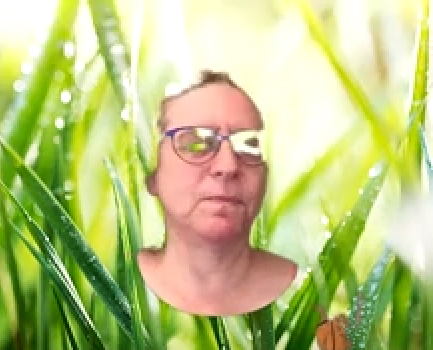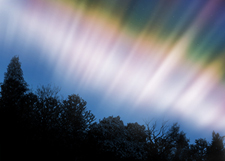Category: Look up at the sky
-

The Uncanny Valley of Zoom backgrounds
We’ve all been talking about the Zoom experience. How it’s slightly off from the in-person experience, in ways that can be disorienting and exhausting. Yet, in the months since COVID-19 changed everything, we’ve also embraced it, as something that’s not just useful, but offers a close substitute to being in the…
-

Looking at the Northern Lights
The Aurora Borealis—that mysterious shimmer of light appearing sometimes in the night sky—is a great thing to contemplate now during Hanukkah, our Festival of Lights, and so close to the Winter Solstice. You can’t even plan to see the Aurora, this huge, otherworldly phenomenon, one of the strangest of light events…
